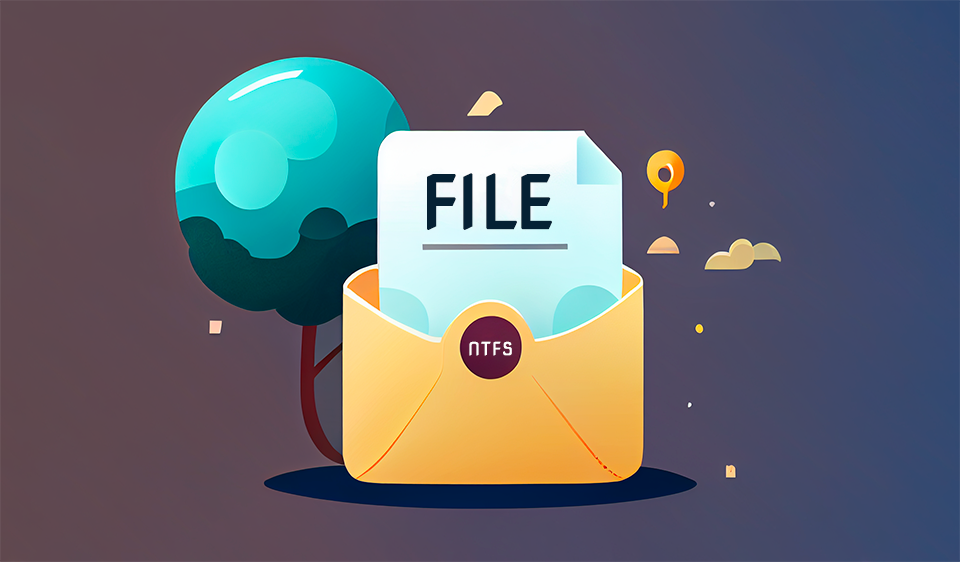What is the NTFS File System?
NTFS (New Technology File System) is a file system developed by Microsoft for use with its Windows operating systems. It was introduced in 1993 as an improvement over the older FAT (File Allocation Table) file system, which was limited in its ability to support large files and larger disk sizes. NTFS is a proprietary file system, meaning it is only available for use on Windows systems.
How Does NTFS Work?
NTFS is a journaling file system, which means it maintains a log of all changes made to the file system. This helps to prevent data loss in the event of a system crash or power failure, as the log can be used to restore the file system to a consistent state.
NTFS also supports file and folder permissions, allowing users to control access to specific files and folders. This is useful for security purposes, as it allows administrators to restrict access to sensitive data.
NTFS also has support for file compression, which allows users to compress large files to save storage space.
Uses of NTFS
NTFS is the default file system for Windows operating systems, including Windows 10, Windows 8, and Windows 7. It is used to store and organize files on the hard drive, as well as manage the allocation of disk space.
In addition to being used on personal computers, NTFS is also used on servers and other networked systems. It is a robust and scalable file system that can support large volumes of data and high levels of concurrent access.
Pros and Cons of NTFS
One of the main advantages of NTFS is its ability to support large volumes of data and large file sizes. It is also a journaling file system, which helps to prevent data loss in the event of a system crash or power failure.
However, NTFS is a proprietary file system, which means it can only be used on Windows systems. It is not compatible with other operating systems, such as Linux or macOS, without additional software.
